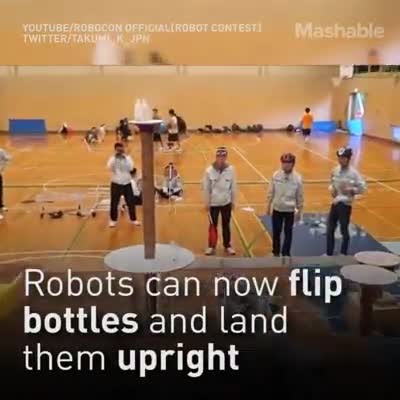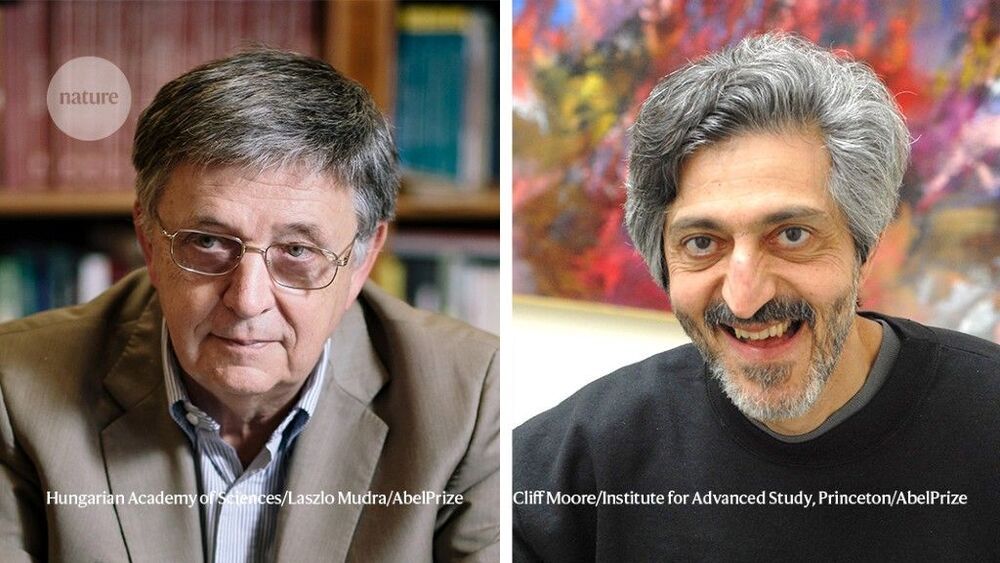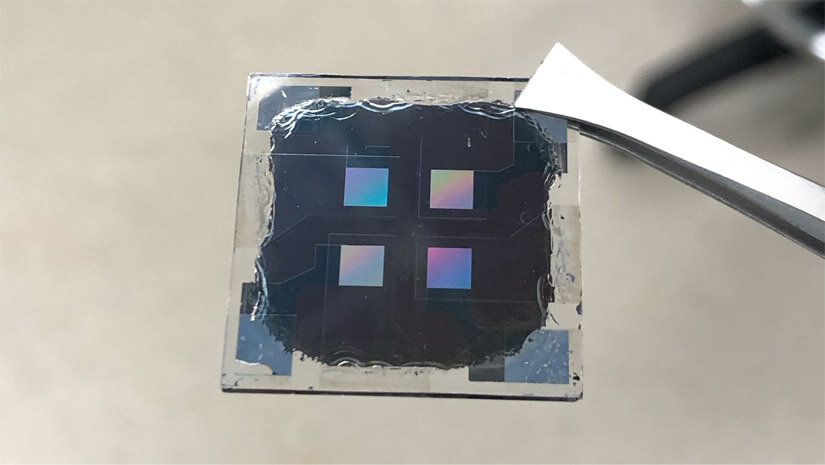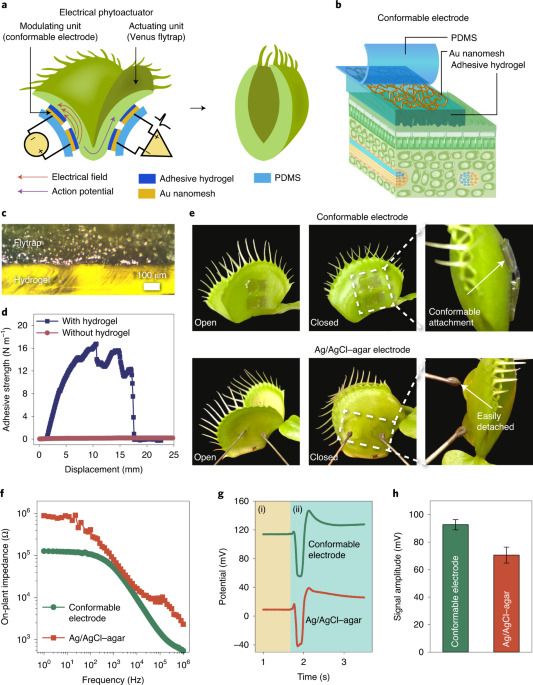Page 6780
These robots have nailed bottle-flipping, proving not even internet challenges are safe from automation.
Mar 17, 2021
Roscosmos is more interested in creating a national orbital station, says CEO
Posted by Saúl Morales Rodriguéz in category: space travel
A fundamental decision on a new station would be made by the end of this year, he said.
Rogozin said that current negotiations with NASA on the future of the ISS were “shallow”. He speculated that ISS’s life cycle would be repeatedly prolonged not by several years, but by one year. Also, he said it might be possible to extend the service life not of the whole station, but of its individual modules.
“On the sidelines of the April 9 launch we plan to hold technical consultations with NASA,” Rogozin said, adding there was a possibility of configuring the Lunar orbital platform Gateway for its possible docking with Russia’s new generation spacecraft Oryol.
Mar 17, 2021
Abel Prize celebrates union of mathematics and computer science
Posted by Derick Lee in categories: cybercrime/malcode, internet, mathematics, science
Hungarian mathematician László Lovász and Israeli computer scientist Avi Wigderson will share the prize, worth 7.5 million Norwegian kroner (US$886000), “for their foundational contributions to theoretical computer science and discrete mathematics, and their leading role in shaping them into central fields of modern mathematics”, the Norwegian Academy of Science and Letters announced on 17 March.
The work of winners László Lovász and Avi Wigderson underpins applications from Internet security to the study of networks.
Mar 17, 2021
New perovskite design shows path to higher efficiency
Posted by Saúl Morales Rodriguéz in categories: solar power, sustainability
Restructuring the way perovskite solar cells are designed can boost their efficiency and increase their deployment in buildings and beyond, according to researchers with the National Renewable Energy Laboratory (NREL).
Perovskite photovoltaic (PV) cells are made of layers of materials sandwiched together, with the top and bottom layers key to converting sunlight to electricity. The new architecture for the cells increases the area exposed to the sun by putting the metal contact layers side-by-side on the back of the cell.
“Taking the materials on top away means you are going to have a higher theoretical efficiency because your perovskite is absorbing more of the sun,” said Lance Wheeler, a NREL scientist and lead author of a new paper, “Complementary interface formation toward high-efficiency all-back-contact perovskite solar cells.”
Mar 17, 2021
Propagation of microwave breakdown in argon induced by a 28 GHz gyrotron beam
Posted by Saúl Morales Rodriguéz in category: energy
An atmospheric argon discharge plasma was induced by a high-power microwave beam using a 28 GHz gyrotron and investigated at pressures of 40 kPa–100 kPa and Gaussian peak intensities of 0.115 GW/m2…
Mar 17, 2021
Bitcoin Consumes More Electricity Than Most Countries in The World. Here’s Why
Posted by Saúl Morales Rodriguéz in categories: bitcoin, energy
The bitcoin market now exceeds $1 trillion with its price rising tenfold in a year, but focus is shifting towards the massive power requirements needed to sustain the online currency.
Here are some questions and answers about bitcoin:
Mar 17, 2021
A Morphable Ionic Electrode Based on Thermogel for Non‐Invasive Hairy Plant Electrophysiology
Posted by Saúl Morales Rodriguéz in category: biological
The complex surface topography on biological tissues presents a major challenge in bio‐electronic interfacing. Taking hairy plants as an example, an ionic electrode based on a thermogel is reported,…
Mar 17, 2021
An on-demand plant-based actuator created using conformable electrodes
Posted by Saúl Morales Rodriguéz in categories: mobile phones, space
By using a conformable electrical interface as an electrical modulating unit and a Venus flytrap as an actuating unit, a biohybrid actuator can be created that is power efficient and responsive, and it can be wirelessly controlled via a smartphone.
Mar 17, 2021
Fujitsu Leverages World’s Fastest Supercomputer and AI to Predict Tsunami Flooding
Posted by Saúl Morales Rodriguéz in categories: robotics/AI, supercomputing
A new AI model that harnesses the power of the world’s fastest supercomputer, Fugaku, can rapidly predict tsunami flooding in coastal areas before the tsunami reaches land.
The development of the new technology was announced as part of a joint project between the International Research Institute of Disaster Science (IREDeS) at Tohoku University, the Earthquake Research Institute at the University of Tokyo, and Fujitsu Laboratories.
The 2011 Great East Japan Earthquake and subsequent tsunami highlighted the shortcomings in disaster mitigation and the need to utilize information for efficient and safe evacuations.

















